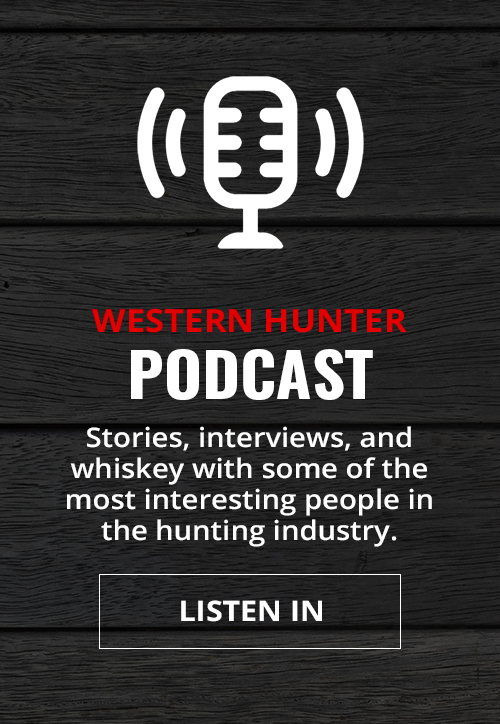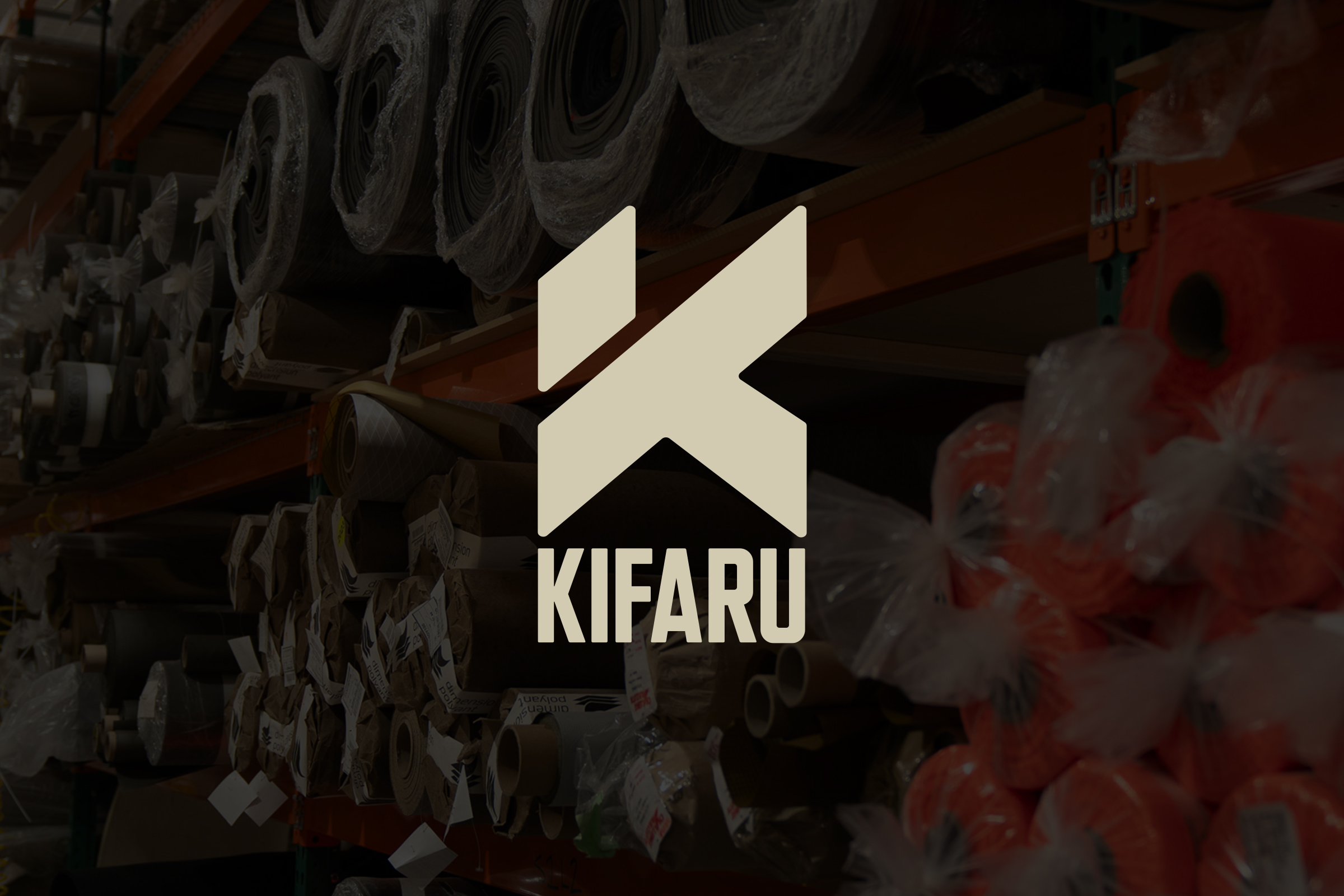
NOTICE: Certain links on this post may earn a commission for Western Hunter Magazine from Amazon or our other affiliate partners when you make a purchase. Thank you for your support.
Made In America: Kifaru
In an era dominated by globalized production, where supply chains span continents and innovation is recognized by imitation, Kifaru stands out as a testament to the strength of American craftsmanship and ingenuity. My goal for this article is not to tell you what Kifaru is – that I’m confident you’re already well acquainted with. Instead, I simply want to introduce you to Kifaru’s roots, its story, its evolution, and the importance of the decision to anchor its manufacturing firmly on US soil.
Early History
On paper, Kifaru is a high-speed, low-drag company nestled in Riverton Wyoming that pioneered the concept of American-made backcountry hunting packs. Off the books, however, or maybe on the appendix page of Kifaru’s story, is the history of Patrick Smith and Mountainsmith – the highly successful mountaineering company Patrick started in his garage in Golden, Colorado in 1979. Predating Kifaru, Mountainsmith revolutionized many of the modern design features and comforts backpacks utilize today. Patrick focused on comfort, heavy load capacity, adjustability, and flat-out just finding a better way to do things by living with this stuff in the backcountry. Mountainsmith quickly became a household name and still is today in the mountaineering, REI, backpacker community.
As a lifelong hunter, Patrick always worked on hunting adaptations to his mountaineering packs, but it wasn’t until he started Kifaru in 1997 that he went full bore into design features specifically for hunters, such as the first iteration of the Gun Bearer. In a podcast with Aron Snyder, Patrick refers to starting Kifaru as, “[...] kind of like truly coming home and doing what I really wanted to do.” When Kifaru started, his mission statement for the brand was first to stay made in America from materials to needle, thread, and labor.
His second priority was to bring the same comfort into packs for hunters as was seen in mountaineering packs made for guys and gals climbing Mount Everest. What separated Kifaru packs were the focus on adjustability and a proper fit, a pronounced load lifter angle to make heavier loads manageable, a beefy lumbar pad, and modularity for guys who liked to tinker and customize.
In many ways, Patrick Smith was ahead of his time, and while not all of his ideas stuck, many did. He was the original designer of MSR snowshoes, he developed original ultralight teepee and stove designs, and he had several carbon pack frame designs years before they were what they are today in the market. According to Aron Snyder, Patrick was a “forward thinker, an artist.”
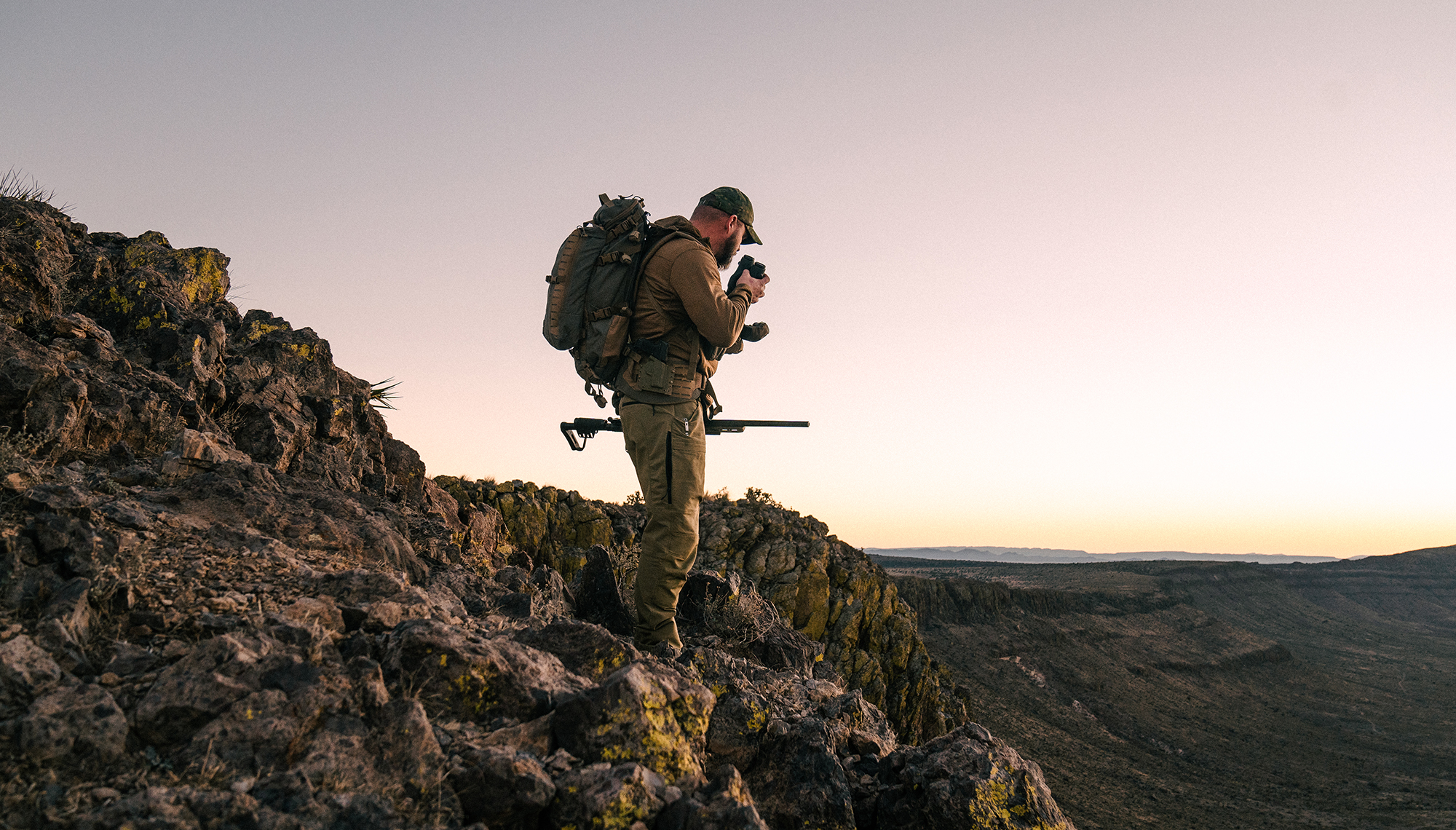
Fresh Blood
Patrick Smith had built a career in the backcountry. If you ask me, “a career in the backcountry” is a romantic way of glossing over the exhaustion that comes from building a company in your garage (Mountainsmith), pounding the pavement taking it nationwide, selling it, and staying on as lead designer for years before deciding to build a new company (Kifaru). Rightfully so, Patrick’s hunger to grow Kifaru was waning, and the arrival of Aron Snyder in 2011 couldn’t have come at a better time.
What began as a simple pack review Aron was writing for the Rokslide website grew into much more. Patrick took Aron under his wing, teaching him what he knew and utilizing his young legs and energy to test and develop gear the right way – in the backcountry for many miles and many days to expose weak points and flaws and generate new ideas.
Just as Patrick Smith generated a “cult-like” following from his work at Mountainsmith and the early days of Kifaru, Aaron Snyder quickly began to cultivate a similar appeal, energy, and hard-nosed mindset that was contagious. Hunters were drawn not only to the indestructible, comfortable, and modular pack systems Kifaru was building but also to the candid personality and rarely minced words of Snyder that helped create a rugged identity around the Kifaru brand.
Owning every step of their manufacturing chain also allowed Kifaru to invite the community into the product development and testing process. If you were a member of the Rokslide forum between 2012 and 2016, you tuned in to a good number of primitive videos and reviews from Synder, discussing new features in testing, how-to videos with accessories and configurations, and a load of commentary from a community of hardcore backpack hunters, current military, former tier 1 guys, and novices – all putting Kifaru pack systems and gear through their paces.
In 2016, Patrick Smith passed the torch to Aaron Snyder and made him president of Kifaru. While the strong Made In America brand had a lot of momentum and a well-established place in the hunting industry, Kifaru still had evolving to do and obstacles to overcome to scale and fulfill its potential.
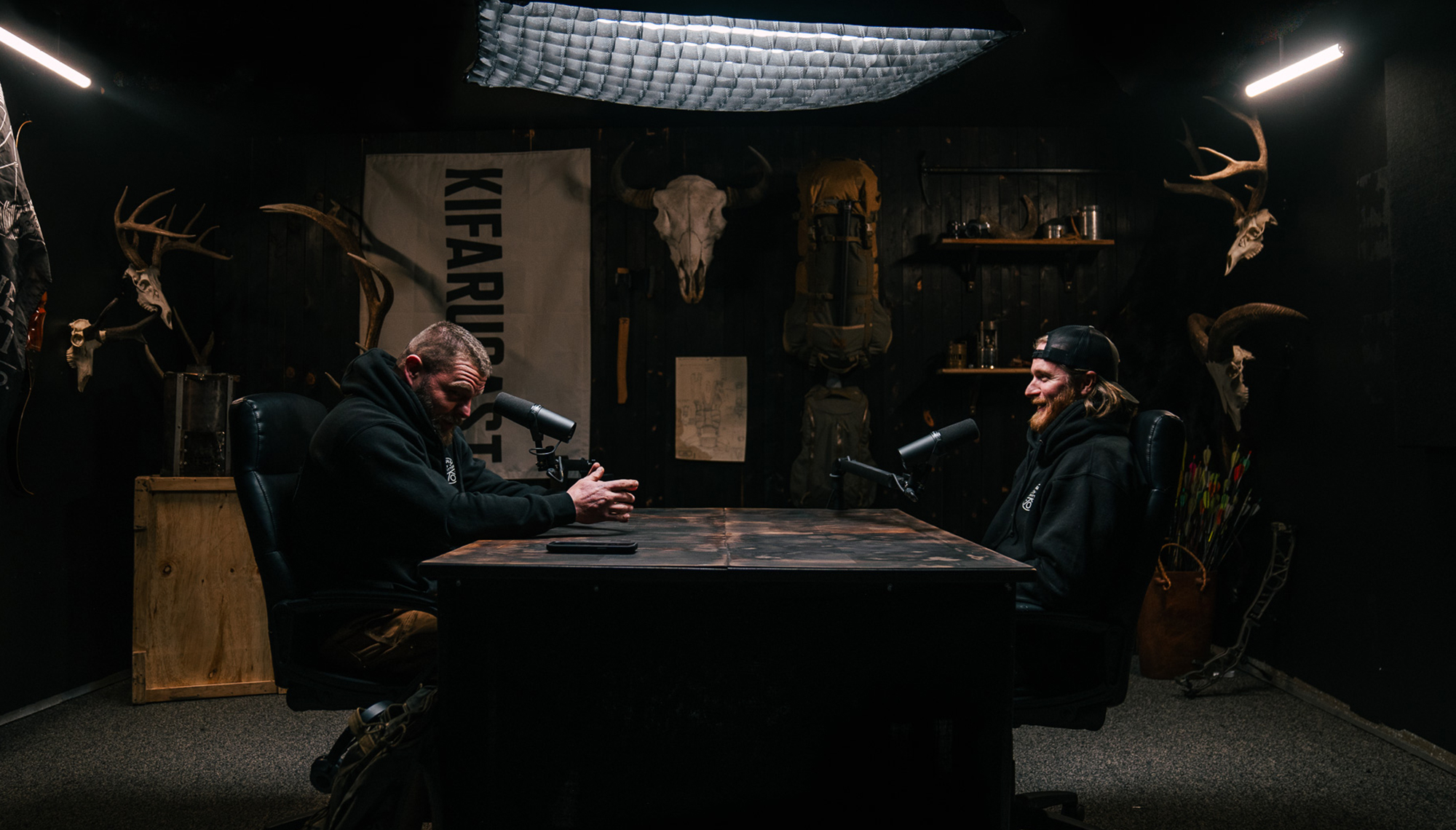
Hurdles of Growth
Let’s start by looking at some of the obstacles that many businesses, not just Kifaru, face that can stand in the way of growth. I’ll also say that while Kifaru’s evolution is relatable, much of this is insight gained through experience in our own businesses and not solely from getting to know Kifaru’s story.
Family-owned and operated
This comes with passion, a closeness to the brand and customer, sweat equity that works beyond 9-5, and sometimes a limited skillset. Oftentimes, the tools that help a business get to its first million in sales can be the same things that limit a business in scaling to 3-5 million and beyond, which is a much different ball game. Aside from the economies of scale that change as a business grows, family dynamics and limiting beliefs all begin to play a larger role in the outcome of how a business grows, or in some cases, doesn’t. Being family-owned and operated can be your greatest asset and your toughest obstacle. As Aron Snyder and Mackenzie Gates (daughter of Patrick Smith) put it, “Our biggest challenge in growth was learning how to grow.”
Lack of competition
It can be lonely when your business emerges with true innovation. Without competitors to push you, it’s all too easy to rest on your laurels. Between 2010 and 2012, there wasn’t nearly the same level of competition in the high-end pack market as there is now. Fast-forward four years and suddenly the market of high-end packs now begins to look crowded. As Aron Snyder put it, “If you throw a rock in the west you’ll hit a pack company.”
The competitive landscape changes even more when many of those companies begin making those packs thousands of miles away on foreign soil for pennies on the dollar compared to making them in America. This brings up another obstacle inherent to American manufacturers like Kifaru.
Made by American Hands
While the American textile industry is slowly making a comeback, there is still a large skills gap that is being closed by manufacturers like Kifaru who do on-the-job training. Schools don’t teach home ec anymore, and even if they did, building specialized products takes specialized training and experience.
The obstacle here isn’t just the time it takes to train a person to sew, it’s not just the time it takes to optimize their work efficiency, it’s also the small hiring pool Kifaru has to work with. There just simply aren’t very many people out there trained or interested in working with their hands these days. You can begin to see the appeal of outsourcing manufacturing overseas to operations with hundreds of machines being run by people around the clock for a wage far below what's reflected by our American standard of living.
Kifaru’s commitment to being Berry-compliant stands as a testament to its dedication to quality and patriotism. By adhering to the stringent standards set by the Berry Amendment, Kifaru ensures that its products are not only of the highest quality but are also proudly manufactured in the United States, supporting domestic industries and labor. This dual commitment extends beyond the mountain and backcountry, reaching into the heart of the military community.
Kifaru's gear not only serves the backcountry hunter, but it also becomes an indispensable companion to military professionals who demand reliability and durability in the most challenging environments. Kifaru’s existence in these two worlds also fosters trust when a hunter sees the same pack he wears into the backcountry carried onto the battlefield.
I was shocked to learn that hunting accounts for only 50-60% of Kifaru’s business. Another 25-30% goes to military, tactical, and search & rescue units. The remainder ranges anywhere from the high-end EDC community to parents who want a reliable Made-In-America backpack for their kid to take to school.
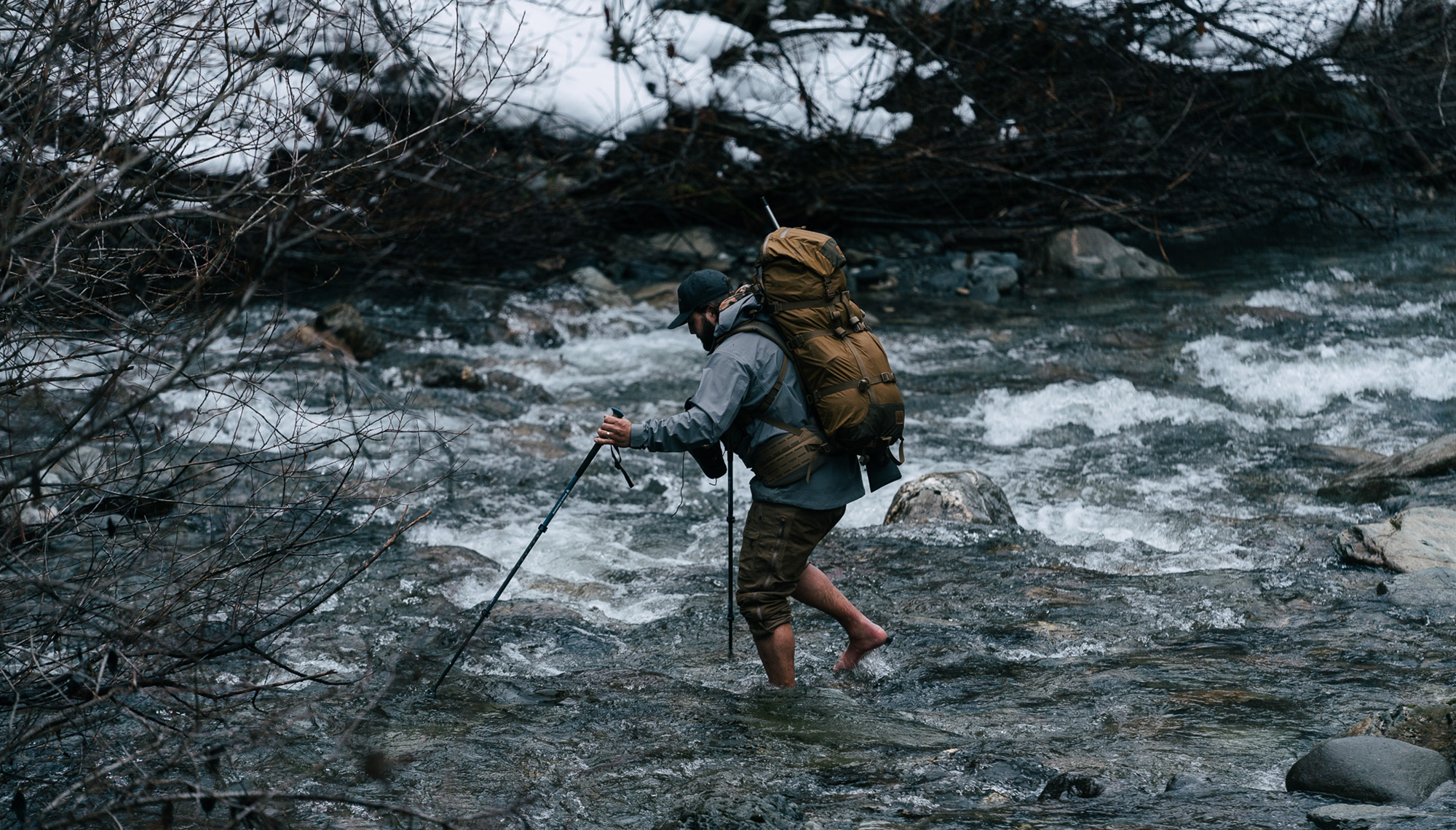
Open The Floodgates
In 2020, Aron Snyder, along with two business partners, purchased Kifaru from Patrick Smith and his family. For many, hearing of a buyout makes the inner skeptic and naysayer come out. Murmurings like “losing touch with their core, prioritizing the bottom line over the gear, losing the authenticity of the brand” begin to take wind. In many cases, these things and more happen, but this doesn’t have the makings of those cases – quite the opposite, actually.
Aron Snyder’s pivotal role in the evolution of Kifaru and the acquisition of the Made-In-America business alongside his partners is a huge reason why this is just a new chapter in Kifaru’s history, not a new book entirely. This wasn’t a mergers & acquisitions deal put together by outsiders who aren’t in touch with the brand, the lifestyle, or the vision. These are hardcore guys with the mission of releasing the kink in the hose of Kifaru’s potential. This new era for Kifaru is about capitalizing on an already stellar platform of innovation, design, customer service, and production.
With a shared vision for excellence and profound respect for Kifaru’s legacy, Snyder and his team bring a wealth of experience on both the product and business side to accelerate the trajectory they’re already on. As for the family-operated element that gives company culture its glue? I can tell you firsthand that it is still alive and well from my work with Mackenzie Gates, Kifaru’s PR & Customer Service Manager, Patrick Smith's granddaughter, and Kifaru team member of over 20 years.
There’s a lot to be excited about with Kifaru 2.0, and I don’t just mean their fancy new logo. The recent release of the new ARK frame is a great example of a new generation of design that is inspired by Patrick Smith’s original concepts. With a legacy rooted in American craftsmanship infused with a fresh strategy, It seems to me that the ARK is just the beginning of this new era of innovation, new products, and new potential from the same Kifaru that America is proud of.



